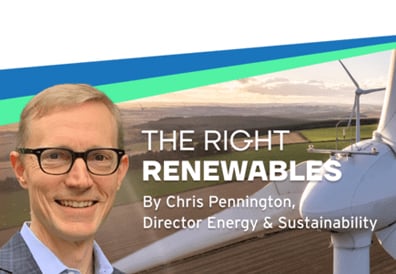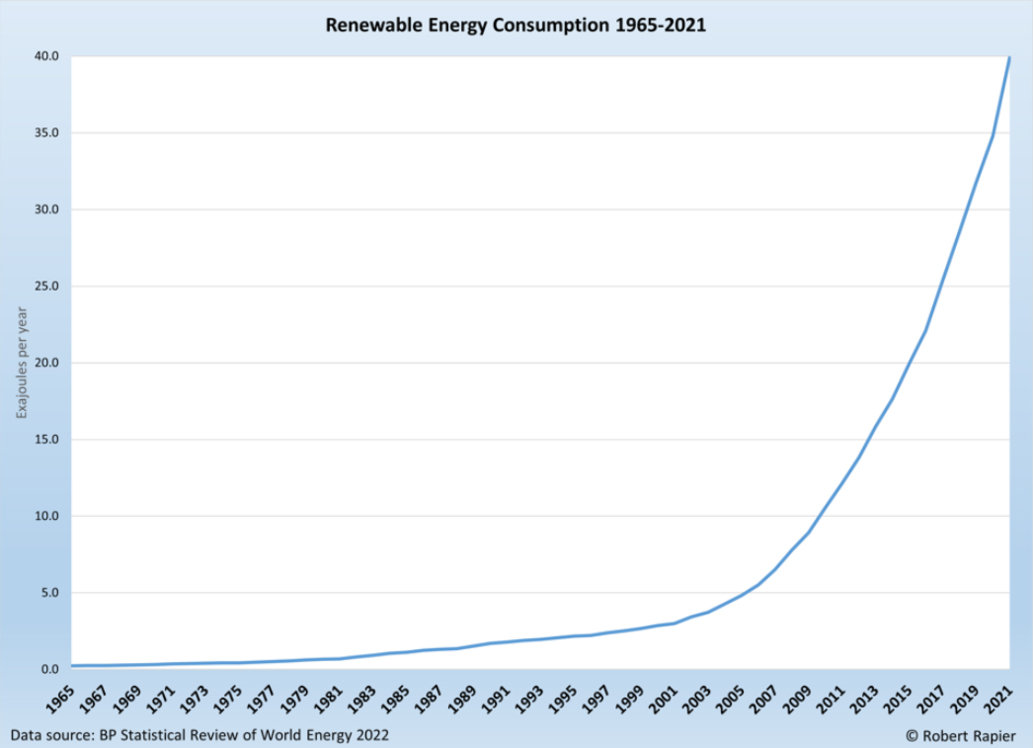Elevate the power of your work
Get a FREE consultation today!
Now we would like to explore the 'last lap' on the road to zero carbon embodied impact in the data center.

While many of us wish it could have been greater, the growth in renewable power generation has been phenomenal. In 2021, wind and solar alone accounted for a record 10% of the world’s power generation (2,894 Terawatt-hours (TWh)).

The cloud and colocation industry has been a key driver of this progress, encouraging renewable investment and ‘greening the grid’ along the way. In 2021, four of the five top global purchasers of clean energy were cloud service providers. Apple (2.8"¯TWh), Google (18.3"¯TWh) and Meta (9.4"¯TWh) purchased or generated enough renewable electricity to match 100% of their operational electricity consumption in 2021 (primarily in data centres). Amazon consumed 30.9"¯TWh of which 85% was renewable, making them the world’s largest buyer of renewable energy. Colocation providers feature strongly in the top 100.
Partly due to these investments, renewables now represent a stable and increasingly cost-effective alternative to fossil fuels. Generation costs continue to fall: According to the International Renewable Energy Agency (IRENA), almost two-thirds or 163 GW of newly-installed renewable power in 2021 had lower costs than the world’s cheapest coal-fired option in the G20, while fossil fuel markets became extremely volatile.
Not all renewable procurements have equal impact, however. The traditional method for large energy buyers to purchase renewable power has been the Virtual Power Purchase Agreement (VPPA). This is a multi-year contract that does not involve the physical delivery of energy from the generator to the customer, who could be in a completely different power grid. While it has been helpful in supporting more clean energy generation, it has potential limits. Matching 100% of annual demand with renewable energy purchases or certificates does not mean that data centres are actually powered exclusively by renewable sources. The variability of wind and solar sources may not match a data centre’s demand profile, and the renewable energy may be purchased from projects in a different grid or region from where demand is located. For instance, IMDC used 100% renewable energy for all operations in 2021, including over 7M kWh from our rooftop solar system in New Jersey, but we still have a long way to go towards powering the site hour-by-hour with carbon free energy.
This is why, in May 2021 IMDC announced a commitment to use 100% clean electricity, 100 percent of the time in our data centers by 2040. When we set this target there was only one other global company – Google – that had made the same commitment. In fact, they pioneered the effort. We decided to model our approach on theirs.
Generation and consumption tracking is the key here. As a first step to this goal, we developed an agreement with RPD Energy and Direct Energy to track hourly renewable energy supply and compare it to our load. We then started working with Cleartrace to generate data for our US data centers on how we are performing. Cleartrace provides an energy and carbon accounting platform, generating traceable and verifiable reporting. This helps us to then procure renewables that match current hourly shortfalls, enabling our business to continue progress towards becoming fully matched with local clean energy. Collectively, the sites now under hourly clean energy tracking represent over 75% of our annual electricity consumption, which we regard as a major step forward for year one.
This is a highly replicable approach that will become a readily available retail product for other large-scale power users, so there should be a positive knock-on effect for customers, the data center industry and other large-scale users.
There are many challenges today in achieving 100% matched clean energy for our sites. The energy sources are intermittent, energy storage is still very expensive, resources like wind or geothermal are not equally available globally. We believe that solving these challenges, which will no doubt take time, is ultimately what is needed for a fully decarbonized and secure power grid. It begins with setting aggressive goals. We also expect to see a number of benefits. The process will enhance our understanding of how much power each of our facilities uses hour-by-hour, where that power is coming from, and the nature of hours not matched with clean energy.
Why will it take so long? Closing the gap between 80 and 100% carbon-free operation will be the most interesting challenge. Solving this last 20% will become incrementally more difficult and more expensive and this will require investments in new technologies, new storage and new generation types.
As always when collaboration, research and investment are required, the sooner the industry starts down the path the sooner we can align our zero carbon targets with our customers. In the face of these challenges and the climate crisis, a policy of ‘wait and see’ is no longer acceptable.
In the next blog we will look at what the industry can do to minimise embodied impact - the emissions generated by buildings and ICT equipment.
I hope you have found this useful. Please don’t hesitate to get in touch if you have any questions.
Get a FREE consultation today!
